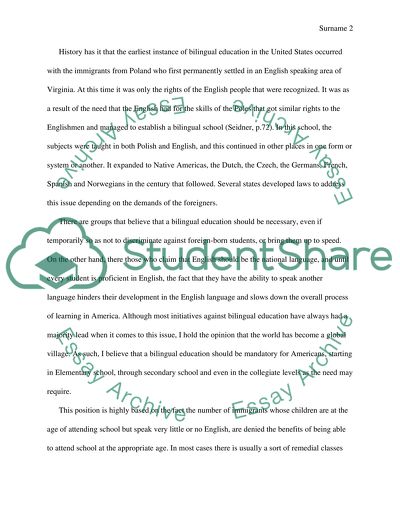Cite this document
(“Bilingual Education for Americans Research Paper”, n.d.)
Retrieved from https://studentshare.org/family-consumer-science/1417689-bilingual-education-for-americans
Retrieved from https://studentshare.org/family-consumer-science/1417689-bilingual-education-for-americans
(Bilingual Education for Americans Research Paper)
https://studentshare.org/family-consumer-science/1417689-bilingual-education-for-americans.
https://studentshare.org/family-consumer-science/1417689-bilingual-education-for-americans.
“Bilingual Education for Americans Research Paper”, n.d. https://studentshare.org/family-consumer-science/1417689-bilingual-education-for-americans.


